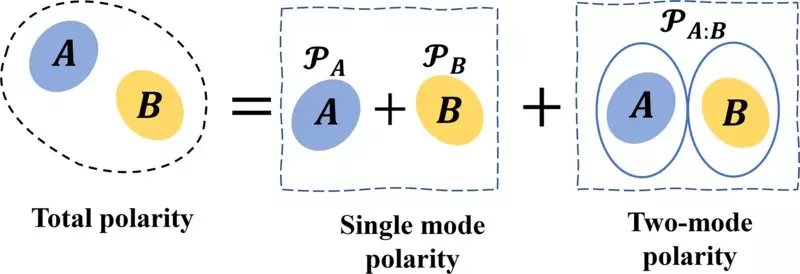Quantum information science stands at the forefront of modern technology, promising advancements in computation and communication that could redefine our interaction with the digital world. At the heart of this revolutionary field are two pivotal properties of quantum mechanics: superposition and entanglement. These concepts serve as the foundation for quantum computers, which are believed to transcend the limitations of classical computing by performing complex calculations at unprecedented speeds. Superposition allows particles to exist in multiple states at once, whereas entanglement creates an inseparable connection between particles, no matter how far apart they are. This interdependence is not just a fascinating aspect of quantum mechanics; it is essential for the development of quantum-enhanced applications.
In recent research led by physicists Wenchao Ge and his colleagues at Texas A&M University, a significant step has been taken to deepen our understanding of how superposition and entanglement relate to one another. Their collaborative work revolves around defining a quantitative relationship between these two fundamental quantum properties in Gaussian states, a class of quantum states renowned for their ease of manipulation in experiments. The resulting study, published in *Physical Review Letters*, introduces the concept of “classical-nonclassical polarity,” a groundbreaking measure that allows researchers to analyze the conversion between superposition and entanglement quantitatively.
Ge explains that this relationship could prove instrumental in quantum information processing. The ability to quantify these properties opens doors to convert one form of quantum resource into another. This is crucial in scenarios where one resource may be challenging to create, thereby enabling scientists and engineers to innovate more effectively. With established mathematical measures for both superposition and entanglement, applications in quantum computation, communication, and beyond could experience a significant leap forward.
Gaussian states have long been a focal point in quantum mechanics due to their inherent qualities that simplify experimental procedures. The researchers focused on these states, previously explored mainly in isolation or within limited systems (such as two or three modes), to establish broader relationships applicable to other quantum states as well. Their work not only clarifies the dynamics between superposition and entanglement but also ventures into territories that could potentially unravel the mysteries surrounding higher-order quantum states.
Although their findings are groundbreaking, Ge acknowledges that the current understanding is limited to three-mode systems. He posits that further research could extend beyond Gaussian states, paving the way for a more comprehensive framework that quantifies quantum properties in general. This progression toward transparency in quantum mechanics will ultimately enhance our capabilities in areas such as quantum sensing and advanced computing.
Broadening the Horizon of Quantum Applications
The implications of this research are significant. With a more profound foundation for understanding how superposition and entanglement interact, scientists can better harness these abilities to develop innovative quantum technologies. Recognizing and measuring quantum properties could lead to new strategies for deploying resources in quantum cryptography or high-precision measurements that are far superior to classical methods.
Moreover, the pursuit of understanding underscores a larger goal within the physics community—to clarify the fundamental principles governing quantum mechanics itself. As researchers like Ge endeavor to unravel the complexities of quantum states and their interactions, the ongoing evolution of quantum information science stands to benefit immensely.
The work of Ge and his colleagues marks a pivotal moment in the scientific inquiry into quantum resources. By illuminating the connection between superposition and entanglement through the lens of Gaussian states, they are charting a path toward a more quantitative understanding of quantum properties. As both theoretical and practical applications evolve, the quantum frontier tantalizes scientists and technologists alike, hinting at a future rich with possibilities.


Leave a Reply